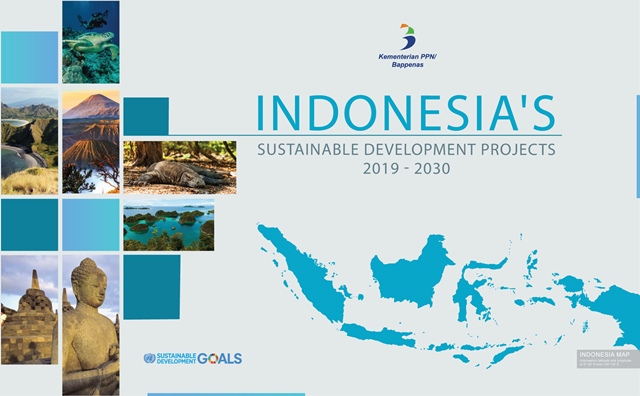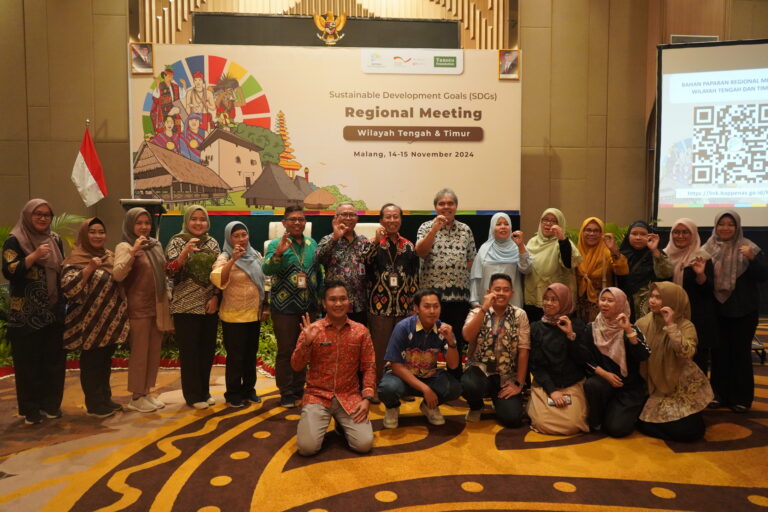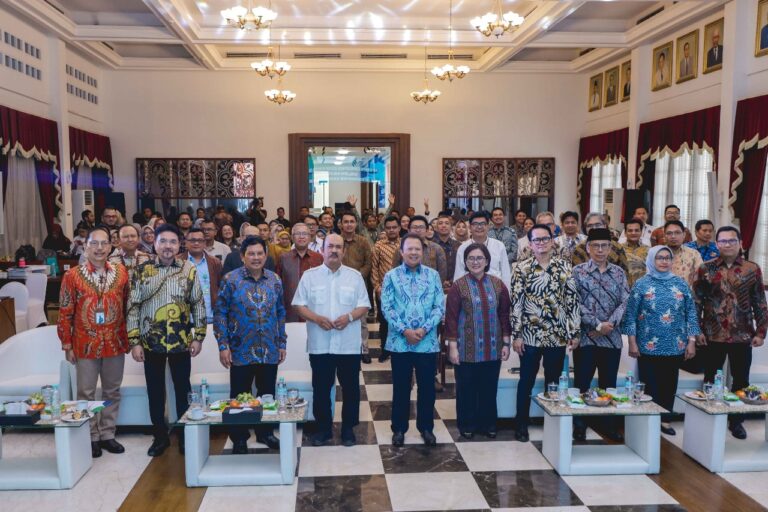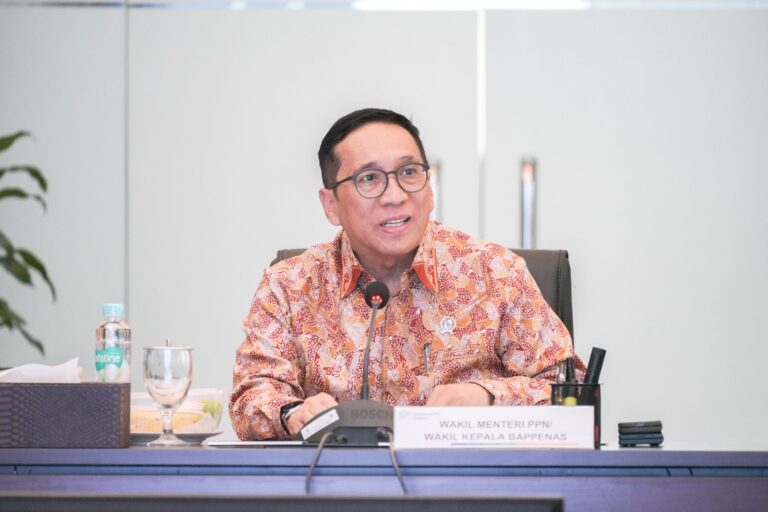Strategically financing SDGs gap
-Setyo Budiantoro-
Indonesia is identified internationally as among the exemplary models in implementing the Sustainable Development Goals (SDGs).
National and local stakeholders refer to the presidential decree on SDGs implementation; in which all governors, regents and mayors must follow the national structure in implementing inclusiveness and principle of leaving no one behind. However, achieving the ambitious targets of the SDGs requires financing at an unprecedented scale that the state budget cannot fulfil.
Fortunately, Indonesia had gained a great opportunity to present SDGs investment plans and projects to potential institutional investors, investment and development banks, funds and assets managers, as well as philanthropists at the SDG Investment Fair (SDGI Fair) in New York, the United States, running from April 15 to 17.
Indonesia was selected following a study by Voluntary National Reviews presented in 2016 and 2017 at the United Nations high level forum on sustainable development. Based on the concreteness of investment plans, investment gaps, priority gaps, priority projects and sectors in the reviews, the UN Financing for Sustainable Development Office identified Indonesia as one of the six best countries (and the only Asian nation) that could present potential sustainable investment opportunities at the fair.
Furthermore, the Fair 2019 is very strategic as it launched the Global Investors for Sustainable Development (GISD) network. The network mainly aims to align major institutional and direct investors on options to address obstacles to long-term investments in sustainable development, facilitate private sector action to better align business models with the SDGs and encourage innovative financial instruments, data and processes for related investments. The network comprises 25 CEOs to strengthen the link between the financial sector and the real economy in implementing sustainable development.
Indonesia has the SDGs national action plan and 19 provincial plans. The national plan, drawn by the government and nonstate actors, includes analysis of opportunities and challenges; policy, strategy and targets to achieve over 300 SDG indicators; and thousands of programs and activity plans from government institutions and over 100 nonstate actors, including civil society organizations, business sector, philanthropists and universities.
The national plan helped the project selection that was offered at the SDGI Fair. The Foreign Ministry is tasked with communicating with related UN agencies and identifying potential investors or philanthropists to join the fair to help identify suitable projects.
[…] investments should prioritize strategic indicators that have a multiplier effect on other SDG indicators.
Following an inclusive and careful selection process, Indonesia pitched 66 projects at the fair with a value of over US$31 billion. Those focusing on hard infrastructure are 55 projects such as road, transportation, water supply, health facilities, sustainable energy and energy conservation.
SDG projects of social entrepreneurship include community food programs, village revitalization, coconut waste processing, food yard development, financial inclusion, domestic biogas and peatland restoration.
The projects include waste to energy plants in Legok Nangka, West Java, Suwung in Bali, Semarang, Central Java and South Tangerang in Banten that will reduce solid waste, decrease methane release and produce electricity. The average waste volume in such projects is 1,000 to 1,800 tons per day to produce electricity 20 to 29 megawatts of electricity. Such projects, which may receive government subsidies, aim to support the SDGs on renewable energy.
Other proposals include village revitalization programs in Bogor, West Java, Lamandau, Central Kalimantan, and Gorontalo in Sulaweisi to eradicate rural poverty with social enterprises by empowering self-help groups and village-owned enterprises. Over 5,500 beneficiaries will be impacted by the project.
The SDGs related to these projects are the goals to reduce poverty, empower women and create jobs. Such projects are categorized as social investment.
According to the above presidential decree on SDGs, the National Development Planning Ministry coordinates SDG efforts.
The National Development Planning Agency (Bappenas) has mainstreamed SDGs into the national and local midterm development plans, government action plans and budget documents. Amid insufficient state funding for the SDGs, Bappenas also plays the role as the SDGs financing hub.
The hub’s roles include developing innovative financing and as a matchmaker between SDG project holders and various financial schemes, such as public-private partnerships, equity financing and philanthropy.
As the financing hub will be much more critical toward the SDG deadline of 2030, selected projects to be funded should be prioritized based on at least two considerations.
First, the financing should align with SDG targets and indicators, in which the most urgent problems are poverty, inequality and hunger. Second, understanding the interconnectedness of the SDGs, investments should prioritize strategic indicators that have a multiplier effect on other SDG indicators. As Bappenas is the major source of all information on Indonesia’s development, it should not be difficult to make a priority list of SDG indicators.
Therefore efforts to achieve the SDGs will be more efficient, effective, strategic and smarter.
_____________________
The writer is a senior researcher at Perkumpulan Prakarsa and sits on the Independent State Budget Commission.
Source: https://www.thejakartapost.com/news/2019/04/17/strategically-financing-sdgs-gap.html




